Our country is in a special period of development history - that is the innovation process, not only in the economic , cultural or educational fields, but also strongly implemented in the organizational apparatus of the Party and the State, including the consolidation and merger of agencies, units and administrative units at all levels, building a 2-level local government model.
Thai Nguyen and Bac Kan - which used to be one under the name of Bac Thai province (1965-1996). The merger of the two provinces this time is not only to implement the major policy of the Party and the State, but also an opportunity for brothers who used to live under the same roof to return to each other after 28 years of separation. It is the meeting of history and the present, of memories and aspirations for development.
History of formation - Common roots, deep affection
Thai Nguyen and Bac Kan used to be an inseparable part of each other. In 1831, Thai Nguyen province was established with 2 prefectures, Phu Binh and Thong Hoa (in which, Thong Hoa prefecture included areas belonging to Bac Kan province today such as: Bach Thong, Cho Don, Na Ri, Ngan Son...). Under the rule of French colonialists, in January 1900, they took part of the land of Thong Hoa prefecture to establish a new province, called Bac Kan province.
Later, even though it became a separate province, Bac Kan was still the closest "family member" of Thai Nguyen, with close ties and interactions in geography, culture, tradition, revolutionary history and even in the political system.
During the years of resistance against French colonialism, Thai Nguyen-Bac Kan, located in the heart of the Viet Bac resistance base, was the “windy capital” of the revolution. This land welcomed Uncle Ho, the Party Central Committee, the Government and many important agencies of the State. During those difficult years, the people of Thai Nguyen and Bac Kan ethnic groups shared food, clothes and houses together, becoming a solid rear for the frontline.
In 1965, in the context of the whole country entering the period of resistance against the US to save the country, Bac Thai province was established from the merger of Thai Nguyen and Bac Kan provinces. From then until 1996, the two localities together experienced three decades with many historical milestones, developments and contributions. During that period, Bac Thai has always been proud to be a symbol of solidarity between the industrial midland region, the center of education and training, and the highland region rich in identity, with many potentials in ecology and agriculture and forestry.
Also during the period of Bac Thai province, major policies on industrialization, transportation development, education and training, national defense and security were implemented uniformly and effectively. The system of schools, hospitals, state-owned enterprises and agricultural cooperatives was formed synchronously, in which Thai Nguyen played the leading role, the development center, and Bac Kan was the ecological belt, a solid rear.
In particular, it is impossible not to mention the human factor, cadres, soldiers, teachers, doctors, etc. of the two provinces who have worked together, closely bonded like brothers in one family. Many generations of cadres of Bac Thai province are now leaders and key cadres in both Thai Nguyen and Bac Kan. The relationship does not stop at the institutional level, but is also connected by affection, by the flesh and blood of the community.
The Separation Process - A Move of the Times
After more than 3 decades of existence, Bac Thai province has fulfilled its historical mission during the anti-American resistance war and the subsidy period. By the mid-1990s, in response to the need for comprehensive national renewal, the Party Central Committee and the Government reviewed and re-evaluated the performance of provincial administrative units, especially the provinces merged during the war.
In that context, the separation of Bac Thai province into Thai Nguyen and Bac Kan provinces is not only a boundary adjustment, but also a strategic decision to promote comprehensive development, suitable to specific conditions and new management requirements.
In 1996, the 9th National Assembly (10th Session) issued a Resolution on the separation of Bac Thai province, re-establishing Thai Nguyen and Bac Kan provinces from January 1, 1997. This was a decision of great significance, opening a new development path for both localities.
Immediately after the Resolution was issued, the organization work was deployed urgently and synchronously. Despite initial difficulties, with a high sense of responsibility and support from the Central Government as well as Thai Nguyen, Bac Kan province quickly stabilized the organization, keeping up with the general innovation trend of the whole country.
After the separation, each province focused on exploiting its own strengths. If Thai Nguyen became the industrial, educational and scientific center of the midland and northern mountainous region, with large industrial zones and the most developed system of universities and colleges in the country, Bac Kan focused on developing eco-tourism, protecting forests and national cultural identity.
Although the administrative boundaries are separated, the relationship between the two provinces has never been severed. From economic development, education to national defense, security, culture, Thai Nguyen and Bac Kan have always closely coordinated and supported each other in programs, projects and socio-political activities. The cities, towns and villages of Thai Nguyen and Bac Kan are closely connected, people of the two provinces always travel back and forth to trade, exchange, and marry, creating close relationships that transcend administrative boundaries.
Unification and reunion - Great policy, popular support
On February 14, 2025, the Politburo issued Conclusion No. 126-KL/TW on a number of contents and tasks to continue to arrange and streamline the organization of the political system in 2025 and on April 12, 2025, the Party Central Committee issued Resolution 60-NQ/TW, the 11th Conference of the 13th Party Central Committee. From there, the merger of provinces with small population size and similar socio-economic conditions was set out to ensure efficiency, economy, science and suitability to the actual situation.
 |
Leaders of the two provinces agreed to build Thai Nguyen into a stable and developed one after the merger. |
The merger of Thai Nguyen and Bac Kan is part of the Party Central Committee's major policy on restructuring provincial-level administrative units in the 2023-2030 period, aiming to streamline the apparatus, save resources, improve operational efficiency and create space for sustainable development.
Since the policy was put forward, the two provinces have actively coordinated to implement important preparation steps. Thai Nguyen Provincial Party Committee and Bac Kan Provincial Party Committee have organized many meetings, surveys, and exchanges to jointly develop the project with the spirit of not only arranging the apparatus, but also creating consensus from the people.
The new province after the merger will have an area of over 8,300km², a population of about 1.68 million people, becoming one of the largest provinces in both size and potential. The administrative headquarters is located in Thai Nguyen city - the central urban area of the northern midland and mountainous region.
Identifying the merger is not about “the new overwhelming the old”, but about preserving the good together, renewing each other to move forward; there is no priority or disadvantage but only supplementation, inheritance and development. Therefore, propaganda and mass mobilization work must always come first and have been actively implemented by the two provinces with a close and timely spirit, every step has the participation and supervision of the people.
During the process of building and implementing the merger project, both provinces showed a very high consensus, from the political system to the staff, party members, from departments, branches, unions to each commune, ward, and town, all participated with a sense of responsibility, democracy, enthusiasm and enthusiasm.
In both localities, the organization of public opinion collection was carried out democratically, publicly, in accordance with the procedures and received deep attention from the people. The percentage of voters representing households agreeing with the merger plan was over 99% (of which: Thai Nguyen province reached 99.81% and Bac Kan province was 99.07%), showing the general awareness of the people about the meaning and long-term benefits of the merger.
The people expressed their expectations for a streamlined, efficient government that is close to the people, and at the same time wished for even development among the regions after the merger. Trust is the most solid foundation for the merger process to take place smoothly and humanely.
Thai Nguyen does not set out an ideal future just to admire but to build together. A merged province of Bac Kan-Thai Nguyen will not only be strong in administration and economy, but also be a model of cultural cohesion, political belief and the resilience of the people.
In the near future, Thai Nguyen will focus on ensuring equality and fairness in the allocation of development resources; preserving the cultural identity of the highlands of Bac Kan in the overall culture of Thai Nguyen; developing the Safe Zone (ATK) into a "red corridor" for historical-ecological-spiritual tourism; enhancing the application of digital technology to serve digital government and digital citizens.
Today’s merger, regardless of its administrative name, is a homecoming for the people of the two provinces – the children of the land of wind and waves – filled with love, solidarity and responsibility. Bac Kan returns to Thai Nguyen, not to start over, but to continue writing a new, brighter chapter in the history of the two “brother” provinces.
Source: https://nhandan.vn/hop-nhat-thai-nguyen-bac-kan-hoi-ngo-nghia-tinh-khat-vong-vuon-xa-post879758.html


![[Photo] T&T 1 and Ho Chi Minh City 1 People's Police Teams won the men's and women's team championships](https://vphoto.vietnam.vn/thumb/1200x675/vietnam/resource/IMAGE/2025/5/22/39db06ae67cb4001b7a556e8d9a56d07)





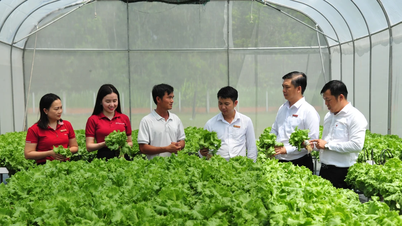

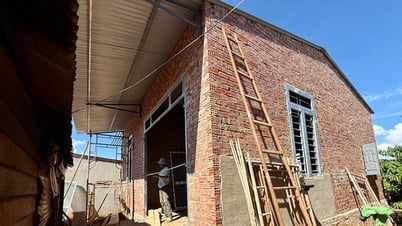

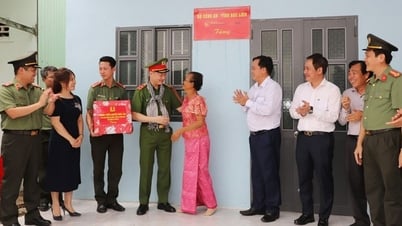
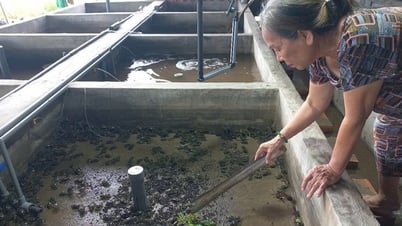
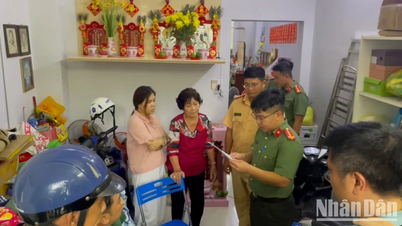
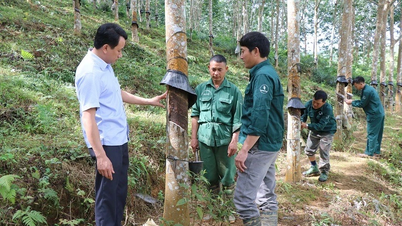




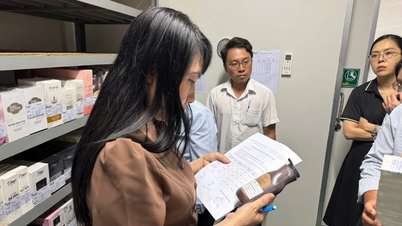

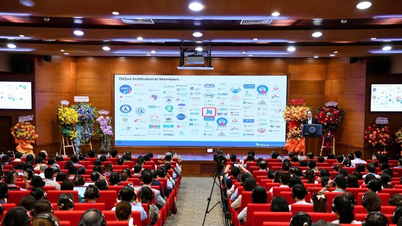
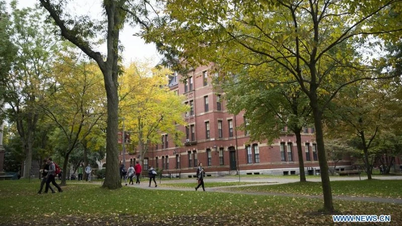
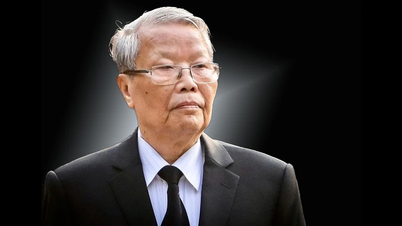
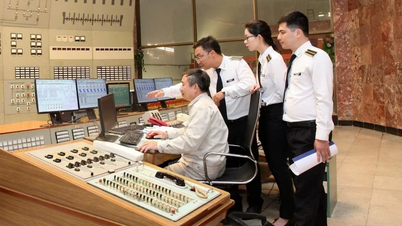


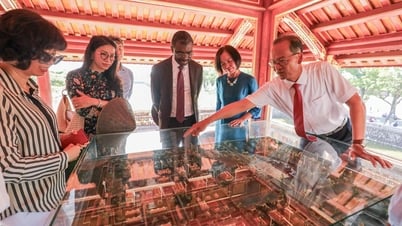










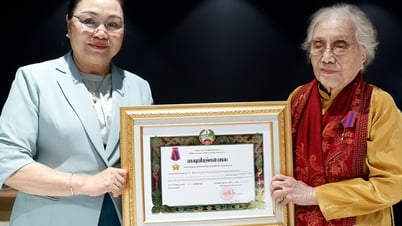

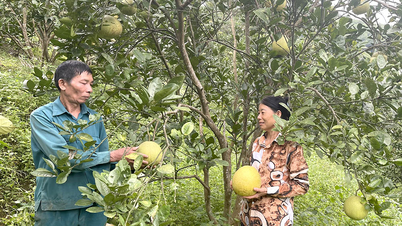

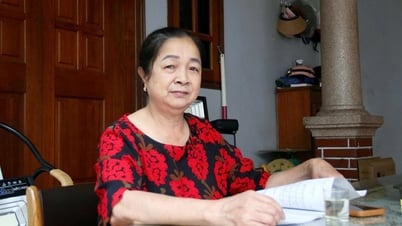






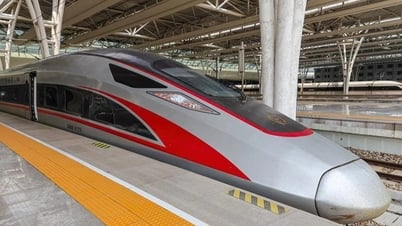
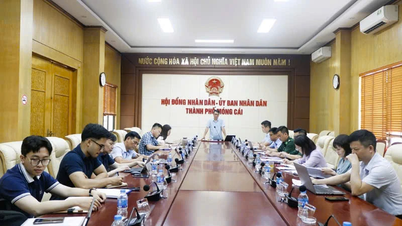



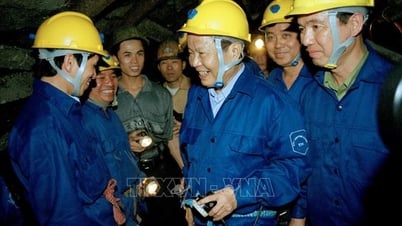
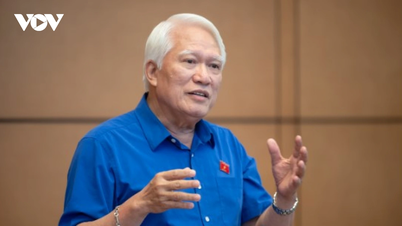



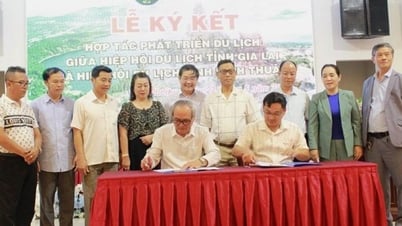






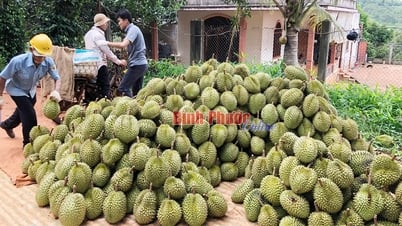

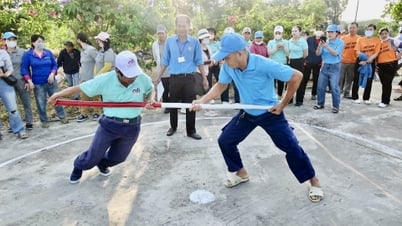



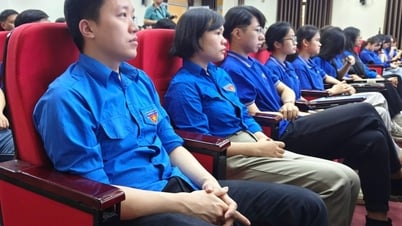

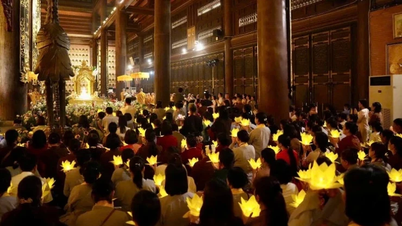
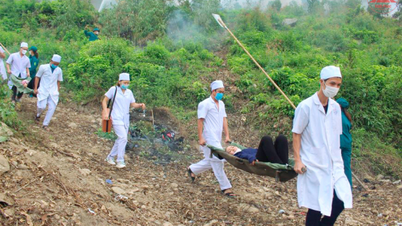









![[Podcast] Week introducing more than 500 OCOP products in Hanoi](https://vphoto.vietnam.vn/thumb/402x226/vietnam/resource/IMAGE/2025/5/22/d144aac2416744718388dbae3260e7fd)


Comment (0)